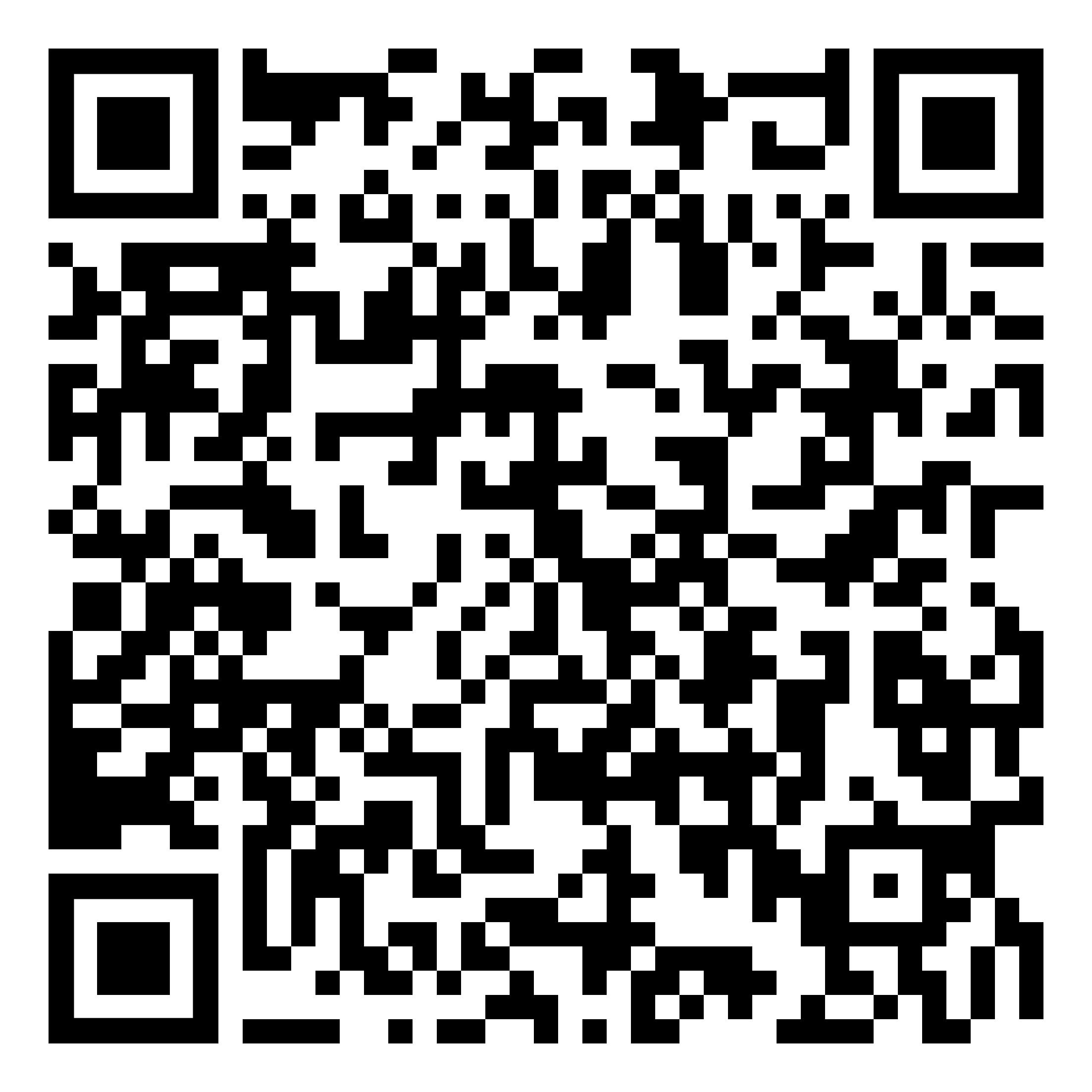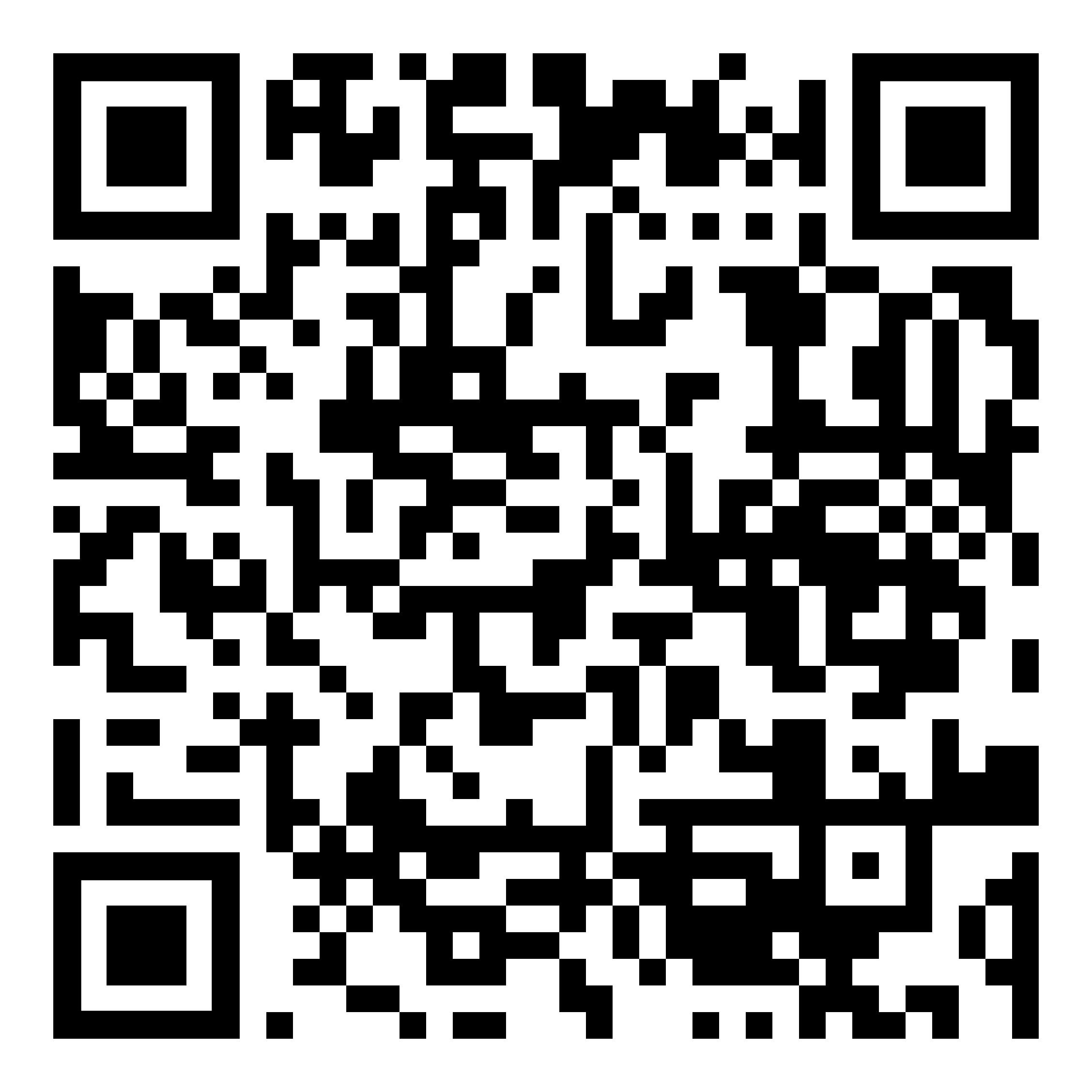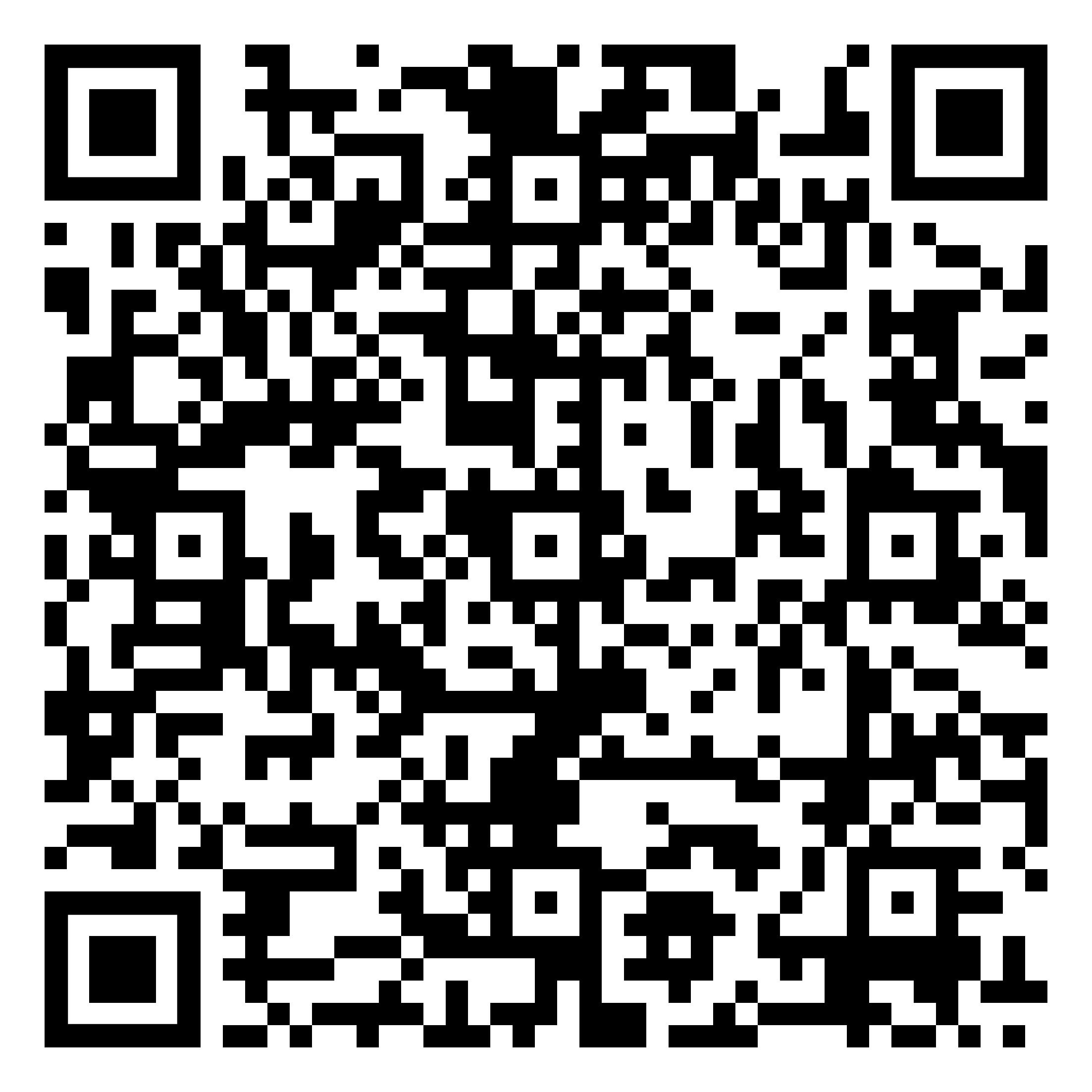Bára Gísladóttir
amoeba proteus but make it metal (2024)
for ensemble and electronics
Dur. 21′06″
amoeba proteus but make it metal is based on the idea of amoebae taking on a metal shape of different fundamental states of matter. The initial soundscape of the piece is woven around thoughts on the transition phase of amoebae gradually taking on a fluid, liquid, metal shape, and the movement of such potential beings. Later on, the various shapes become more extreme, playing around with the idea of liquid metal taking on a solid form or evaporating into metallic gases. From there, I pondered the concept of turning the aforementioned elements into plasma. This led to a somewhat melancholic oasis in the middle of the work, to be threaded before entering the final stages where all elements are merged into a unity (or disunity if you will). All this is then decorated with segments of heavy metal music, naturally.
Special thanks to Aaron Holloway-Nahum, Raffaele Marsicano, Gunnhildur Einarsdóttir, Marco Blaauw and Petter Ekman for their help and support with the composition.
TUTTI
General
Trills and tremoli
Trills and tremoli occur in variable speed in the piece, where four lines indicate the fastest possible. Trills and tremoli can also increase and decrease in speed, indicated in the following way:
WOODWIND
Square notes should be voiced, preferably in the octave written, but otherwise in the octave that feels best for the performer. The voiced parts of the piece are absolutely not required to be in perfect tune, but preferably somewhere close to the pitch given.
This notehead indicates a (very) approximate voiced pitch in the given register.
Graphics
The score uses graphics to better describe the piece’s soundscape. The graphics can be anything from subtle wavy lines to something absolutely all over the place. This is pretty self explanatory (I hope). At times the graphics are used to portray glissandi in vocals, like so:
Flute and Bass Flute
W.t. – whistle tones
In the score and parts, the fundamental position of the whistle tones is given in the form of a diamond head. Travel freely between the possible overtones. Ex:
Square notes should be voiced, preferably in the octave written, but otherwise in the octave that feels best for the performer. The voiced parts of the piece are absolutely not required to be in perfect tune, but preferably somewhere close to the pitch given.
HARP
The harp plays a key role in the piece, both sonically and for the fact that it, along with the piano, triggers and creates all the live electronics heard in the piece. There are quite a lot of noise effects that span clusters. You may tune the harp as you wish here.
This notehead indicates a (very) approximate pitch in the given register.
Thunder glissandoPedal buzz
Bowing
A good deal of the work is to be bowed with bow hair. The pitches bowed are F1 and A1. It is essential to use old bow hair for this - that way we reach the fullest potential for a rich sound. Some of the bowing is performed with overpressure. The overpressure is marked with graphics above the stave, like so:
Thimbles
A lot of the harp part is played with thimbles. Ten thimbles are needed and they should be of metal.
PIANO
The piano plays a key role in the piece, both sonically and for the fact that it, along with the harp, triggers and creates all the live electronics heard in the piece.
This notehead indicates a (very) approximate pitch in the given register.
Bowing
A good deal of the work is to be bowed with bow hair. The pitches bowed are F1 and A1. It is essential to use old bow hair for this - that way we reach the fullest potential for a rich sound. Some of the bowing is performed with overpressure. The overpressure is marked with graphics above the stave, like so:
Preparation
Hammer
A regular, metal hammer is recommended. A short grip may help the player feel fully in control and avoid any accidental contact with the instrument. With the pedal down, tap anywhere on the metal soundboard. You do this very lightly and yet the sound will be very strong. Avoid playing directly on the sound holes as catching the metal at an angle could chip the paint. If using a particularly precious instrument, the player may instead use a dead blow hammer or a heavy rubber hammer. However, with both of these hammers you will need to apply somewhat more force to achieve the appropriate sound. This is not a sound the composer has invented. It appears in numerous pieces in the repertoire including widely played works by (for example) Chaya Czernowin.
Fingerless gloves with jingle bells (provided by the composer)
Used for a rattling effect all over the strings. Miniature jingle bells will be sewn to the palm of the gloves. Once on, the gloves do not need to taken off. The fingerless feature makes the whole piece playable with the gloves on.
Bow hair (old)
F1 and A1 should be prepared with bow hair. As mentioned, the bow hair needs to be old and used to achieve the desired effect. If in need of such bow hair, most luthiers and bow makers will have old hair. It could be helpful to prepare the bow hair with rosin. If bow hair is unavailable to you, please use fishing line (or lines) instead. Those should also be prepared with rosin.
Drumsticks
Used for drumming on the strings in low register. Throughout most of this technique, the drumming should simply be as fast and intense as possible. However, towards the end of the piece, the performer is asked for “heavy metal inspired rhythms”. Feel free to use your imagination here, just keep in mind that the drumming should, despite the “rhythms”, be ever rapid and flowing.
Vibrators
The vibrators are thrown onto the strings on the lower side of the register, simply to create more noise during the loudest and most intense part of the piece. The vibrators should be of rubber material.
STRINGS
s.t. – sul tasto
ord. - ordinario
s.p. – sul ponticello
m.s.p. – molto sul ponticello
gradually move from one technique to the other
Harmonics, harmonic trills, shaking out birds, overpressure and more Harmonics and harmonic trills
Harmonic
Artificial harmonic
Slurred tremolo is to be played on one bow throughout its whole time value. Take for instance the visual example given here in the explanations; the tremolo should be played on one bow only, through the two beats. That is, not a new bow on every trill between the first and second note.
Shaking out birds
Overpressure
Gliss. from the very start of the tremolo.
Other graphics
The score uses graphics to better describe the piece’s soundscape. The graphics can be anything from subtle wavy lines to something absolutely all over the place. This is pretty self explanatory (I hope). At times the graphics are used to portray glissandi, like so:
ELECTRONICS AND AMPLIFICATION
All are amplified. The harp and piano are sent from the mixer as two tracks to Ableton Live Suite/Max for Live via an audio interface and back out. Full range PA needed. Here is the project along with its samples, patches, as well as an explanation video:
INSTRUMENTATION
Flute
Bass Flute
2 Oboes
Clarinet in Bb
Bass Clarinet in Bb
Bassoon
Contrabassoon
2 Horns in F
2 Trumpets in Bb
Trombone
Bass Trombone
Tuba
3 Percussionists
Percussion 1Percussion 2
Tam-tam (large)Tam-tam (large)
DrumstickDrumstick
Thimbles (3, metal)Thimbles (3, metal)
Big gong malletBig gong mallet
Thunder SheetThunder Sheet
Bow (double bass bow recommended)Bow (double bass bow recommended)
Crotales (D6, D7)Wind Gong BowBow
Crotales malletThimbles (3, metal) Push Bell (D4)
Percussion 3
Tam-tam (large)
Drumstick
Thimbles (3, metal)
Big gong mallet
Thunder Sheet
Bow (double bass bow recommended)
Crotales (D6)
Bow
Crotales mallet
Harp
Bow hair (old) for F1 and A1
10 thimbles
Piano
Hammer or dead blow hammer or heavy rubber hammer
Fingerless gloves with jingle bells (provided by the composer)
Bow hair (old) for F1 and A1
Drumsticks
3 Vibrators
3 Violins
2 Violas
2 Violoncelli
1 Double Bass
Electronics
Ableton Live Suite with Max for Live Interface with two inputs needed
Amplification
All are amplified. Piano and harp sent from mixer to live electronics and back. Full range PA needed.
Transposing score
d r u m s t c k s d r u m & s p to g e t h e

































































































































































































































































































































































































































































































































































































































































































































































































































































